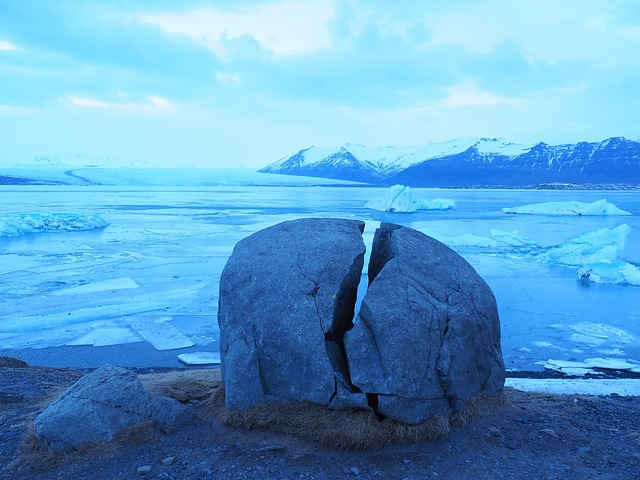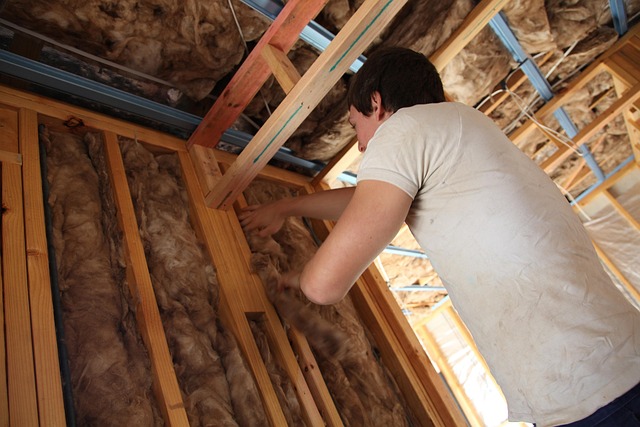Innovative Melting Solutions: Environmentally Friendly Strategies for Climate Change
As we stand on the precipice of an environmental crisis, the need for innovation has never been more pressing. The melting of glaciers and polar ice caps serves as a stark reminder of climate change’s far-reaching effects on our planet. These changes not only threaten biodiversity but also have significant implications for human communities around the globe. In this context, innovative melting solutions are emerging, designed to address the challenges posed by our shifting climate while safeguarding our environment.
One of the most promising areas of innovation comes from renewable energy technologies. Solar panels, wind turbines, and hydropower systems are now being developed to harness energy without degrading natural resources. These methods help to significantly reduce the carbon footprint of energy production, slowing the rate at which the climate warms and, consequently, minimizing the melting of ice reserves. For instance, solar paint is a cutting-edge development that could one day allow buildings to generate their own energy, thus reducing reliance on fossil fuels that contribute to climate change.
Moreover, innovative agricultural practices are being adopted to tackle the water crises exacerbated by melting glaciers. Techniques such as permaculture, which mimic natural ecosystems, can help manage soil health and water usage, making farming more sustainable while conserving precious resources. By employing these methods, communities can become more resilient to the impacts of climate change, contributing to the global effort to combat the melting of our planet’s ice.
Urban areas are also embracing innovative designs for climate adaptation. Green roofs and walls, urban forests, and permeable pavements are part of the emerging strategy to combat climate change within cities. These solutions not only reduce the heat island effect typical in urban areas but also improve water drainage and promote biodiversity. Cities that invest in these solutions are not merely responding to an immediate crisis; they are redefining their relationship with the environment through sustainable innovation.
Additionally, innovation in materials science is paving the way for new construction techniques that minimize environmental impact. Biodegradable materials and carbon-neutral construction practices can significantly reduce the footprints of buildings. This reduction is essential as more structures are built to accommodate growing populations, particularly in regions susceptible to flooding or extreme weather caused by climate change. Efficient, sustainable building practices are crucial for ensuring long-term resilience against the melting effects of a warming planet.
On the community level, public awareness and grassroots movements are fostering innovation. Community gardens and local clean-up initiatives not only beautify neighborhoods but also serve a larger purpose by restoring natural habitats that have been affected by climate change. Engaging local populations in these innovations cultivates a sense of shared responsibility and encourages sustainable practices that address melting ice and rising sea levels.
Furthermore, research and development in geoengineering present potential innovative strategies for climate management. While controversial, techniques like carbon capture and storage aim to reduce greenhouse gases in the atmosphere directly. If executed responsibly and ethically, such innovations could play a key role in mitigating the causes of melting glaciers and changing weather patterns.
In tandem with these scientific advancements, international cooperation is crucial. Countries are increasingly recognizing that climate change knows no borders. Global agreements like the Paris Accord inspire collaborative innovation, as nations work together to share technology, resources, and strategies to combat environmental issues. The exchange of ideas fosters a culture of innovation that prioritizes environmental sustainability over temporary gains.
Each step towards innovation in melting solutions tells a story of hope and resilience. As individuals and communities, we play a vital role in embracing these strategies for a sustainable future. By advocating for and participating in environmentally friendly practices, we contribute to a larger movement aimed at reversing the trends of climate change. Together, we can champion innovative melting solutions that not only protect our planet but also ensure a thriving environment for generations to come.



